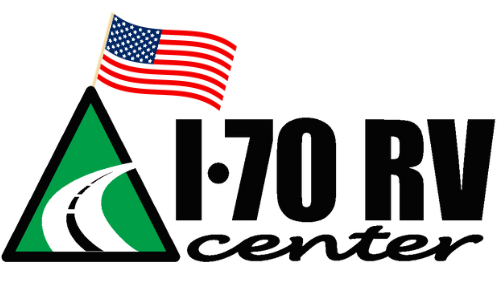Towing Safety
Looking for a more in-depth look at everything there is to towing?
Kelly Blue Book has a great article over everything there is to do with towing.
All the Towing Capacity Terms You Need
Towing comes with its own lingo, which can be intimidating at first. But all the terms boil down to simple measurements, and there’s no need to memorize them — you can always look them up again here.
Towing Capacity
The car, SUV, or truck towing capacity is the maximum amount of weight it can safely pull.
GVWR
Gross Vehicle Weight Rating is the maximum amount of weight a vehicle can hold while sitting still. It takes into account the strength of the frame, suspension, axles, and wheels.
Your tow vehicle and the trailer you are using it to tow will each have their own GVWR. It’s possible to overload each one separately.
Your tow vehicle’s GVWR and its towing capacity are different numbers. The reason: The total weight the vehicle’s frame can support pushing down on it and the total weight it can withstand pulling horizontally on the frame through the tow hitch are different.
GTW
Gross Trailer Weight is the total weight of your trailer and its cargo. If you were to place the fully loaded trailer on a scale, the resulting measurement would be the GTW. If your GTW exceeds your vehicle’s towing capacity, you will not be able to move it safely. It is crucial that you never even attempt to tow a GTW higher than your towing capacity. While it might be technically possible to carry the load, you’re likely to damage the tow vehicle, the trailer, or both and be unable to control the vehicle properly.
GCVWR
Gross Combined Vehicle Weight Rating is the maximum weight of your tow vehicle and trailer combined, both loaded with all cargo. The tow vehicle and trailer each have their own separate GVWR numbers, which, combined, make up the GCWR.
GAWR
Gross Axle Weight Rating is the maximum amount of weight one axle can support. This number will almost always show differences between the front and rear axles. The two can be different materials or diameters, and few cars have a perfect 50-50 weight balance between the two axles.
Tongue Weight
Sometimes referred to as TW, the tongue weight is the force pushing down on the trailer hitch by the load being hauled. Tongue weight can change based on how the load gets distributed within the trailer.
Curb Weight
Curb Weight is the total weight of a vehicle and all the fluids it requires to function (including a full tank of gas), but with no people or cargo inside it. the measurement differs from GVWR, which is a measurement of how much a vehicle can carry.
Dry Weight
Dry weight is a measurement of how much a vehicle weighs with no cargo and none of the fluids it requires to function. Your tow vehicle’s dry weight is its weight when empty, without gasoline, oil, wiper fluid, or any other consumable. You don’t need to know your vehicle’s dry weight in most towing calculations.
Payload
Payload capacity is the maximum amount of weight a tow vehicle can carry in its cabin and bed. It is the weight limit for a truck’s bed and cabin. In contrast, towing capacity is the weight limit for any trailer it can pull.
